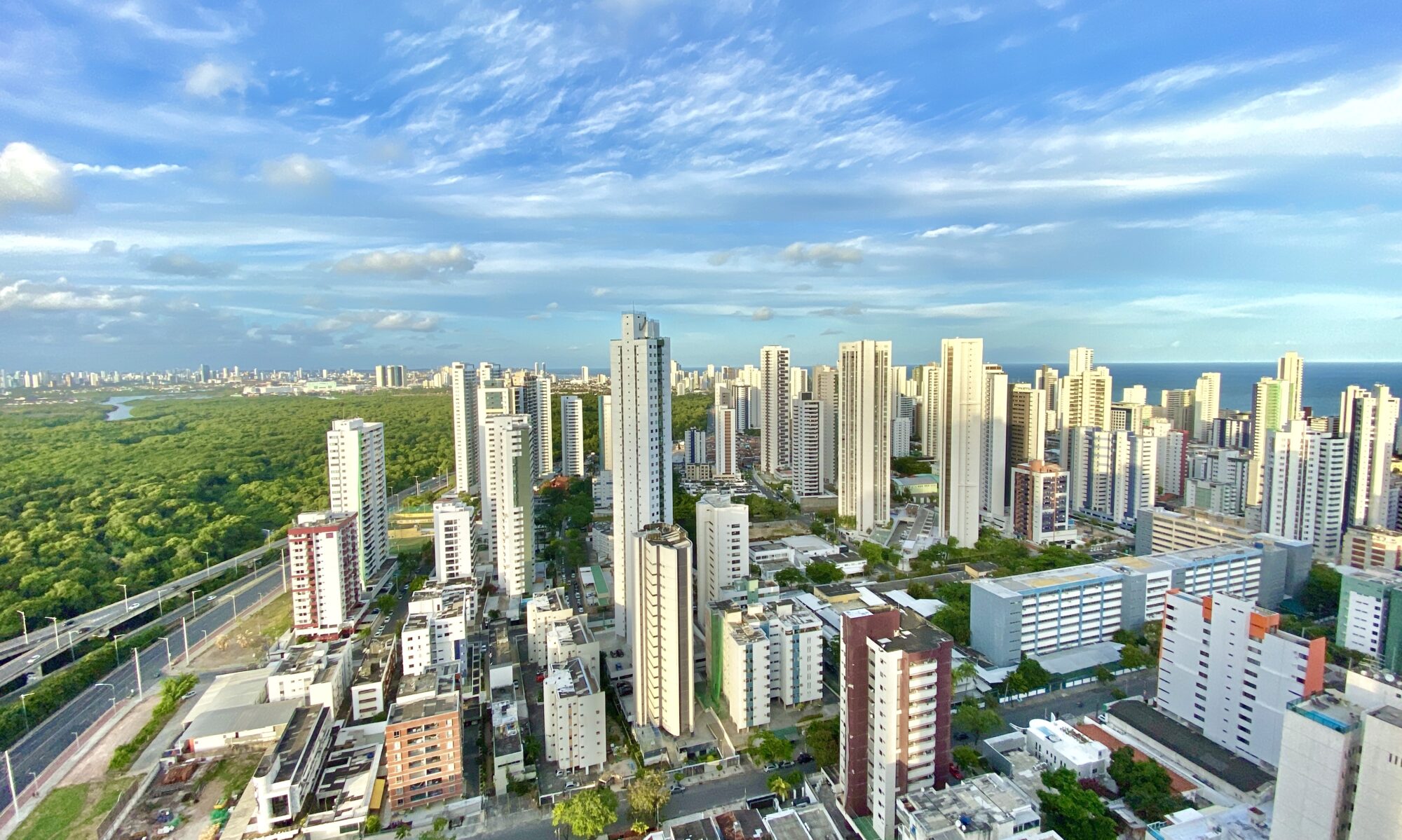The arid lands of the Caatinga extend across the states of the Brazilian North East, from Maranhão to north of Minas Gerais, covering around a million square kilometres. Certain trees in the Caatinga are notable because of the value of their timber, their intrinsic beauty or because of their delicious and nutritious fruit: the lentiscus, the silk cotton tree, the braúna do sertão, the cashew nut tree, the jujube, the mulberry tree, the hog-plum, the licuri palm and the wax palm.
As victims of the hand of man, from the time of colonization by the Portuguese, many plant species in the Caatinga have already been wiped out completely or their numbers vastly reduced. Two types of endemic birds that are notable on account of their rarity and unusual blue plumage, are on the edge of extinction: the blue Lear macaw (Anodorhynchus leari), with a population in the wild that has dwindled to one hundred in the Canudos region in Bahia, and the blue macaw (Cyanopsita spixii), reduced to just one in the wild, in the Curaçá region in Bahia, as well as a few in captivity.


